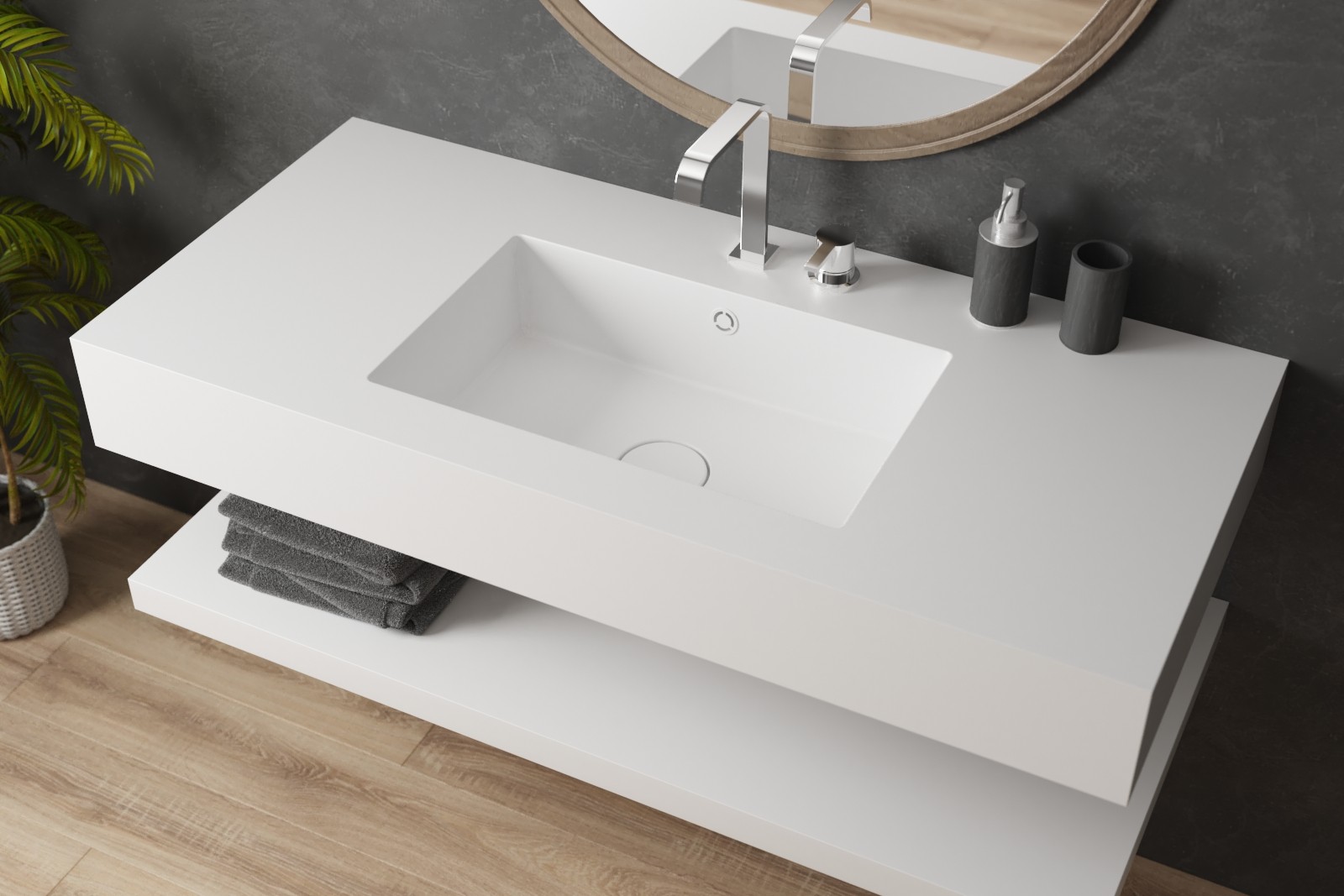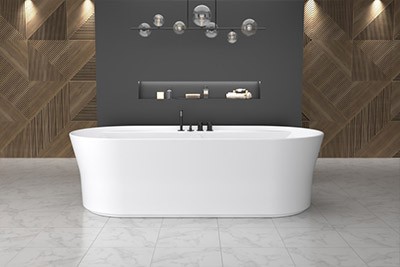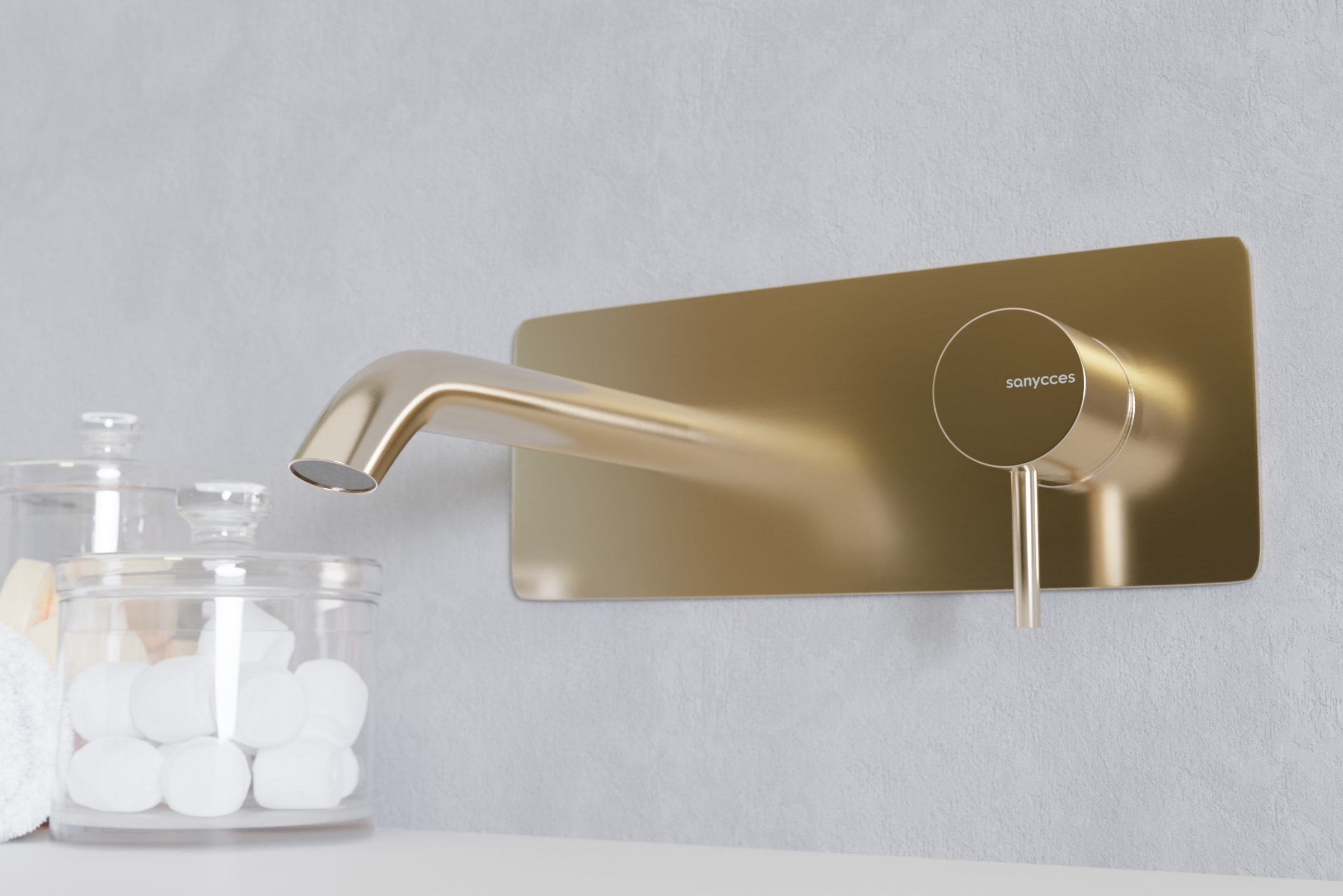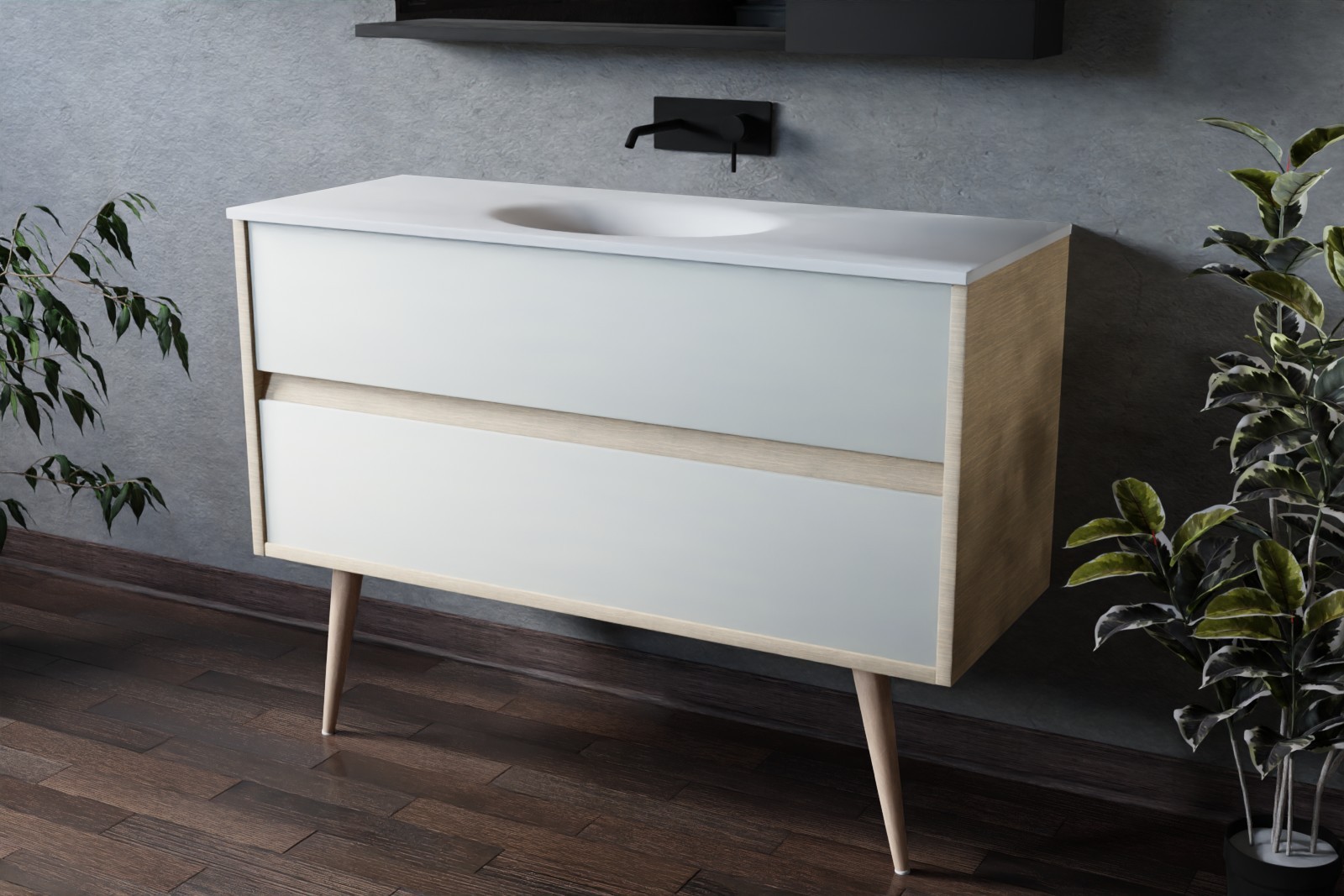Corian® has been used in interior design for many years now, but it is also a popular choice for exterior cladding.
Thanks to its unique characteristics such as a durable and solid composition, a homogeneous colour both in the core and on the surface, its ease of maintenance and its very good resistance to bad weather conditions. This makes it an excellent choice for mounting on the exterior of buildings as a ventilated façade. Available in various panel sizes, Solid surface Corian allows the design of large surfaces with imperceptible joints made with a two-component adhesive of the same composition as the Corian panels.
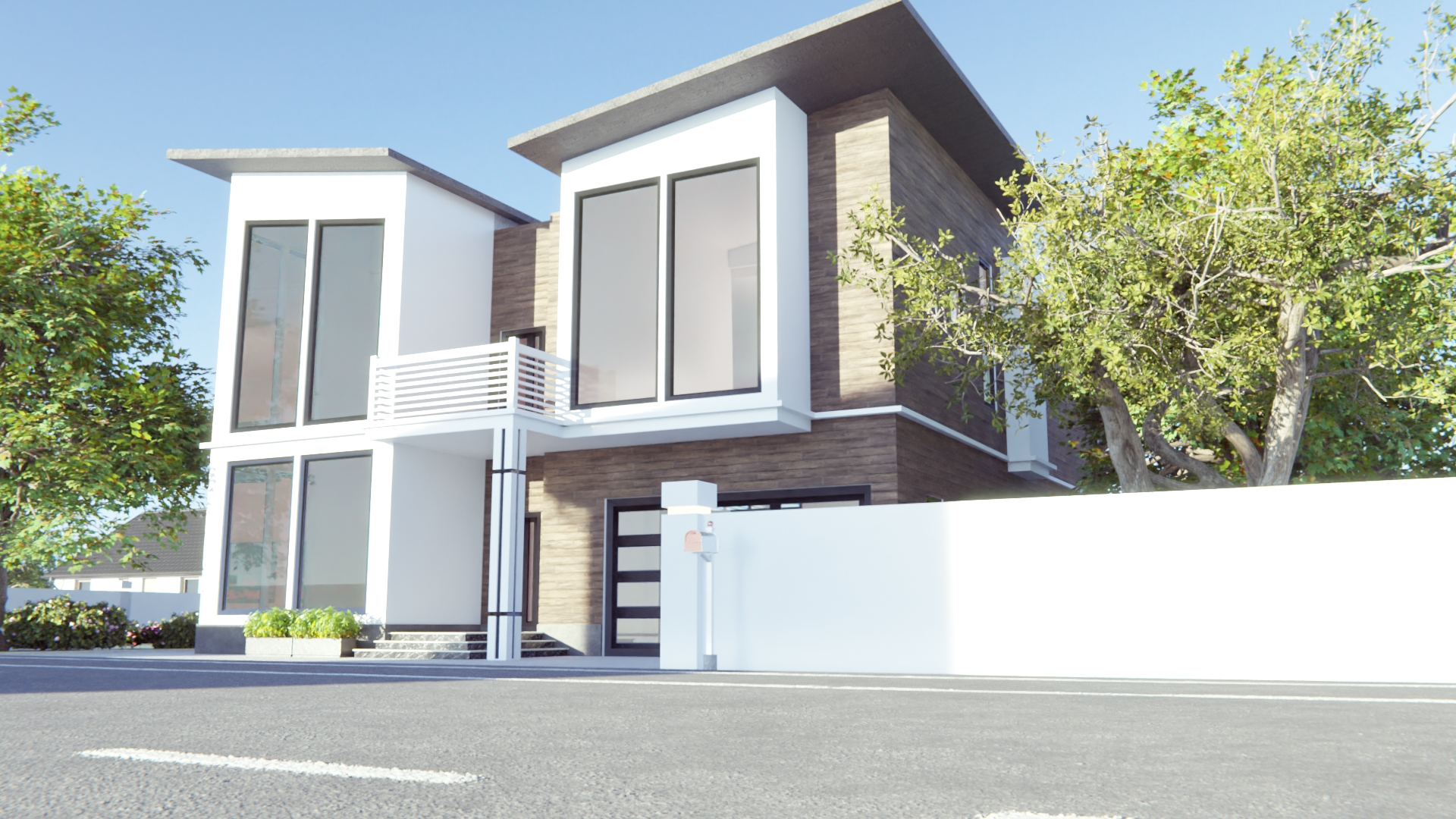
The advantages of a Corian® façade
Corian® exterior cladding, as mentioned earlier, will provide a real advantage in terms of maintenance and durability over time, as it will resist very high temperatures with high UVS or very harsh winters with low temperatures. A building near the sea will also benefit from the advantage of Corian's resistance to moisture and salt, which can cause deterioration of the facades of many buildings by the sea.
One of the primary advantages of Corian being installed as a ventilated façade is of course its energy efficiency, designed to leave space between the raw façade of the building and the solid surface Corian cladding. The air will be able to flow through and combined with good and suitable insulation this will give the building a very good thermal performance.
With Corian, facades exude creativity, with the possibility of shaping the panels in 2D or 3D due to its non-porous composition and being as dense in the core as on the surface. Combined with the thermoforming method, it is possible to create real works of visual art on the entire façade of a building, whether it be for commercial buildings or individual houses.
Combined with a wide choice of colours, some of which are more translucent than others, it will be possible to create lighting effects that will further enhance the façade. Finally, following numerous tests, certain colours are recommended for use in facades, as they offer better colour stability and are more resistant over time. However, any colour can be used if regular maintenance is carried out.
Both resistant and durable, Corian panels can be broken or cracked by impact, in which case the Corian can be repaired, which is easier than replacing it. In an ecological approach, this is a real plus since it will not require throwing away and therefore using less material throughout the life cycle of the building.
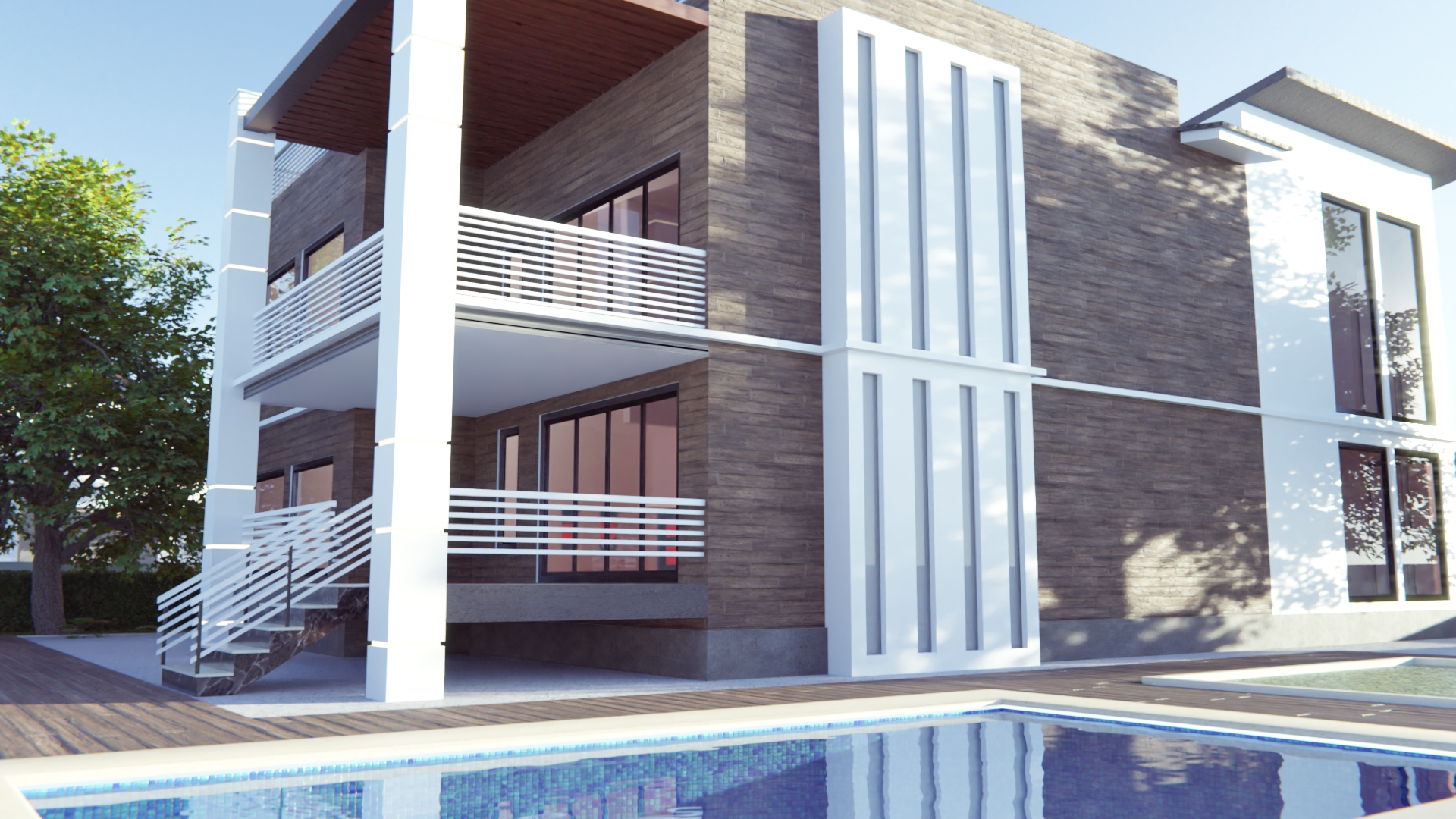
Installation of solid surface Corian® ventilated facades
Corian ventilated facades are used in both new build and refurbishment projects, requiring only a solid raw facade with a standard aluminium frame to resist the load of the panels. The fixing system is designed to withstand tolerance levels of flexibility, load and movement to absorb natural conditions such as rapidly changing temperatures which impact on panel expansion (3mm/m) and seismic movement.
Next, insulation and rainscreen should be added to complete the installation of the thermal insulation from the outside, this will reduce the need to install heavy insulation on the inside as we see on our standard buildings today. Solid surface shading devices can also be added to reduce solar radiation and therefore heat in the building, a simple but very effective device that enhances the exterior façade.
Although it is quite easy to install, it is only manufactured by approved companies so that each panel can be installed perfectly, and it is also possible to modify the panels on site if a problem arises thanks to the simple methods of machining the material. The combination of its composition between stone dust and acrylic resin makes it a light, repairable and easy to install material that will allow you, when several years have passed and the general aspect of the façade has faded, to come and sand the whole thing down to its original appearance. Moreover, even graffiti can be removed by washing with high pressure water.
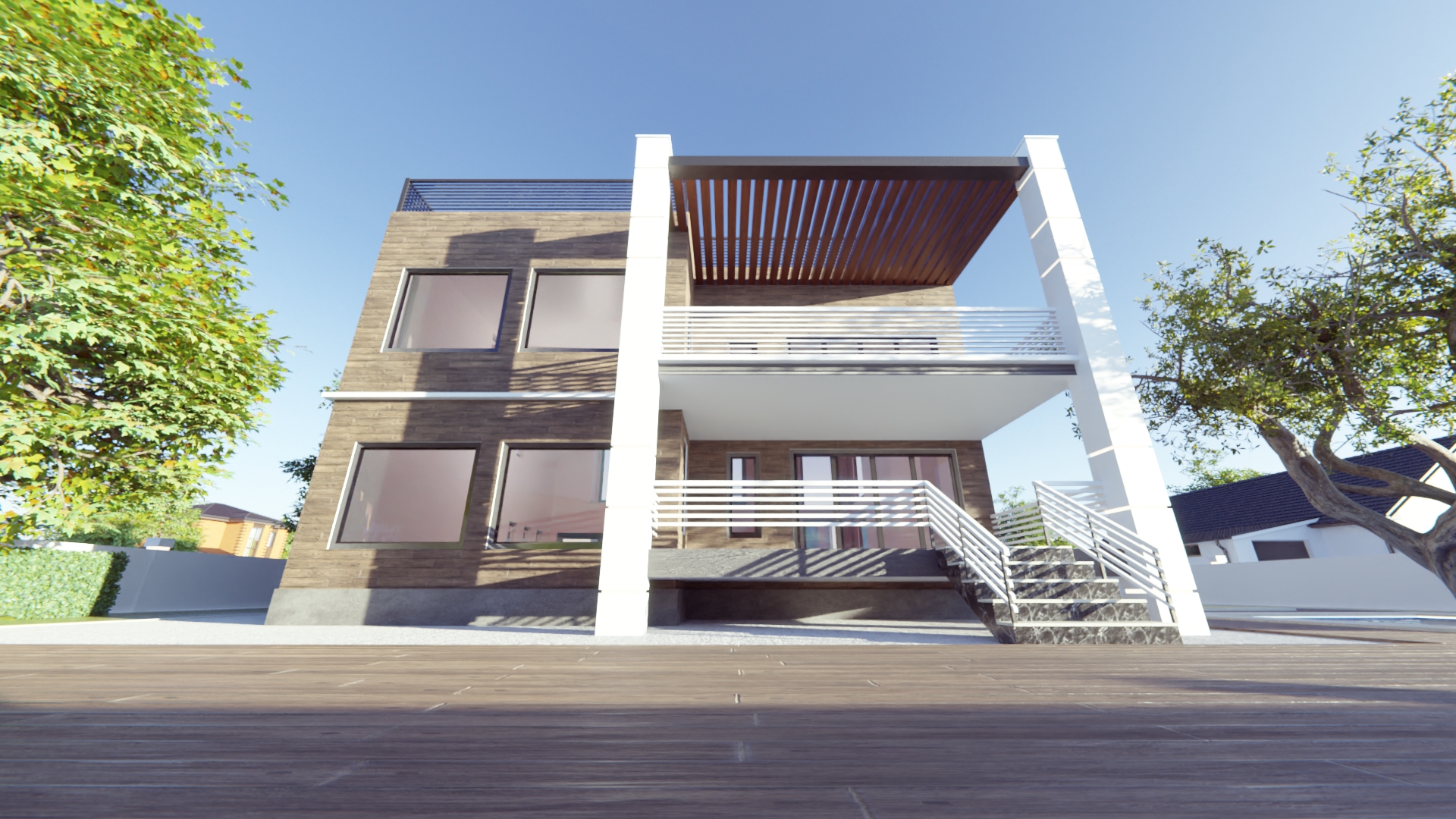
Corian® technical properties
Corian achieves excellent UV stability with a colour change of less than 5 ∆E over 10 years (Delta E is the unit of colour measurement that allows the difference in colour change over time to be analysed and identified by the naked eye).
It has also proven excellent fire resistance by successfully meeting the EN 13501-1 standard and its Euroclass Bs1d0 rated panels.
French CSTB certification - Technical Notice - ATEC 2/16 - 17-42. Including tests: ISO 4892-2 (accelerated ageing) EN14509 (humidity test), ISO 10545-12 (freeze-thaw).
English certificate: CWCT 2012/050 August 2012, including water tightness, wind resistance and impact tests.


